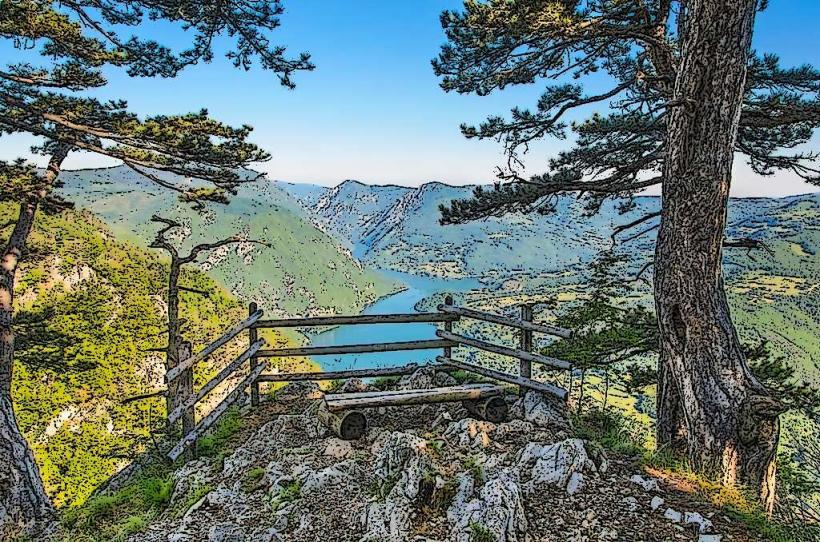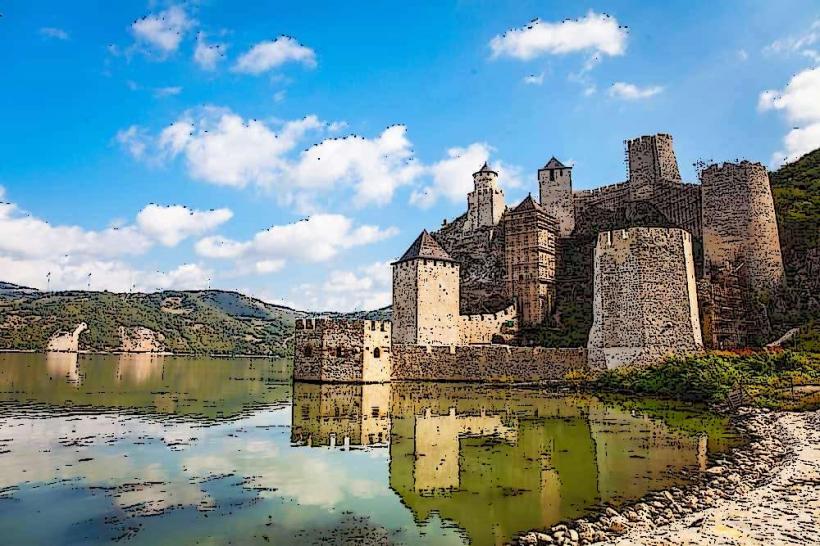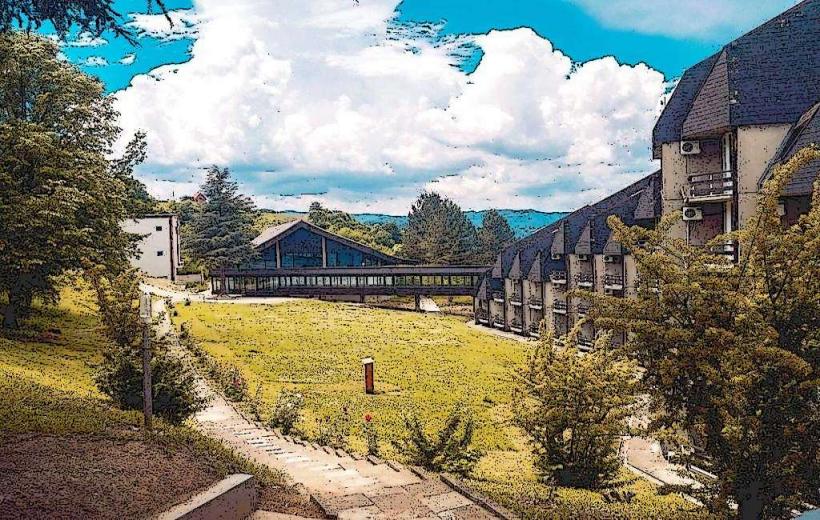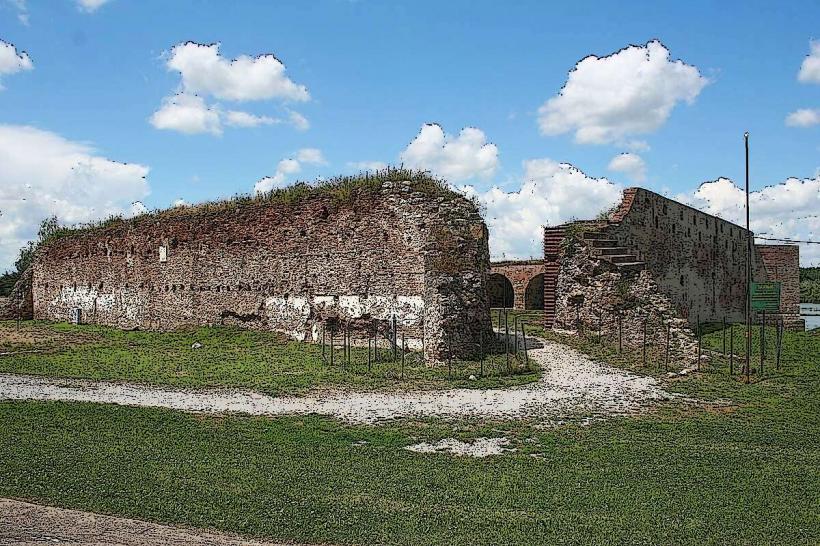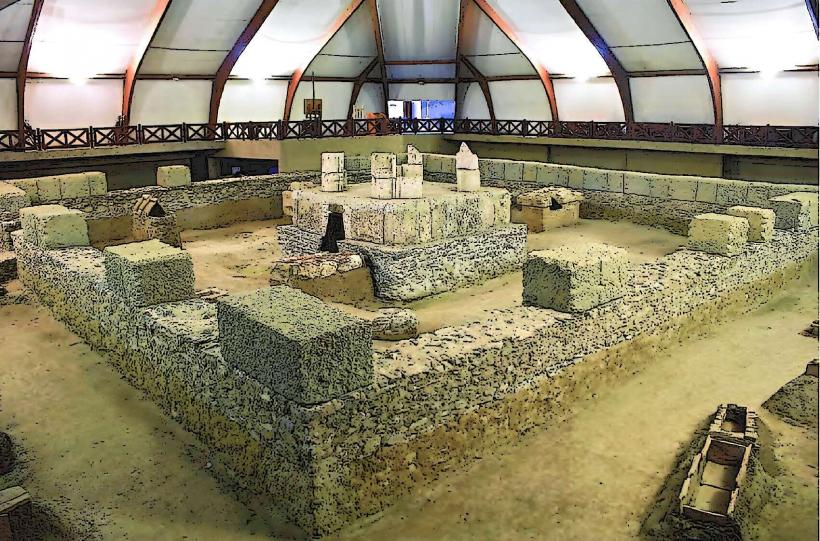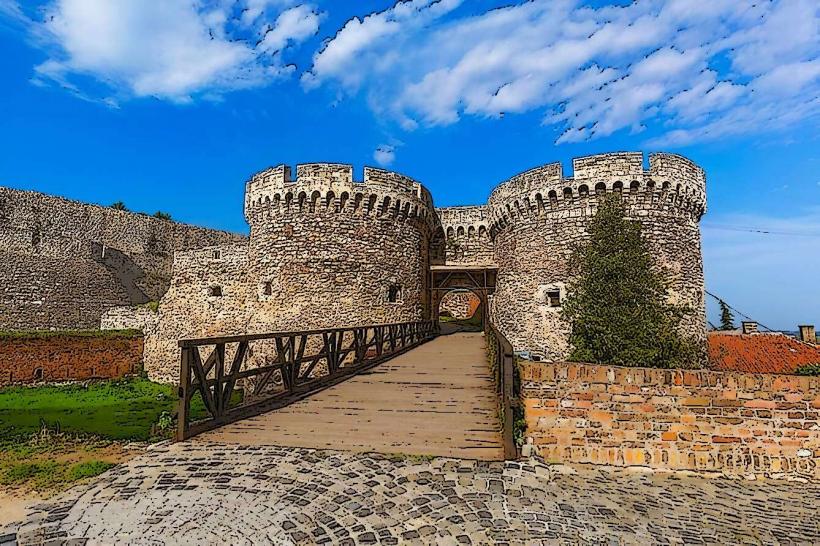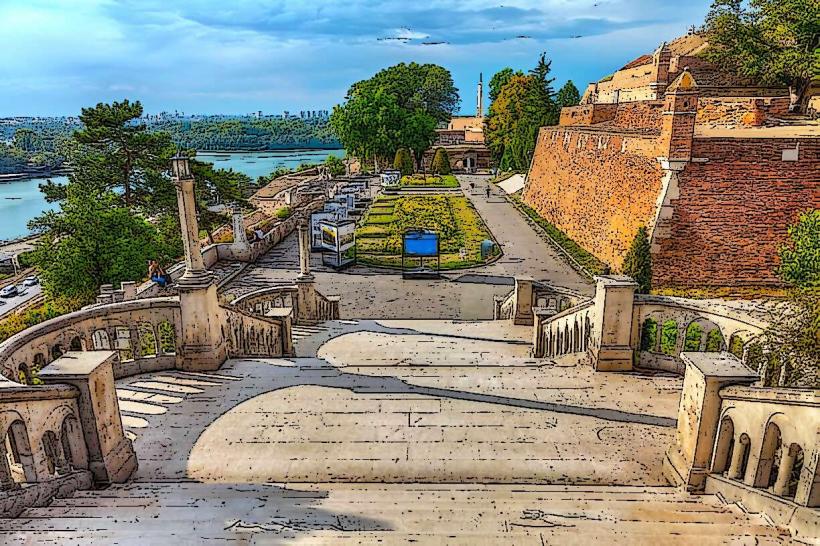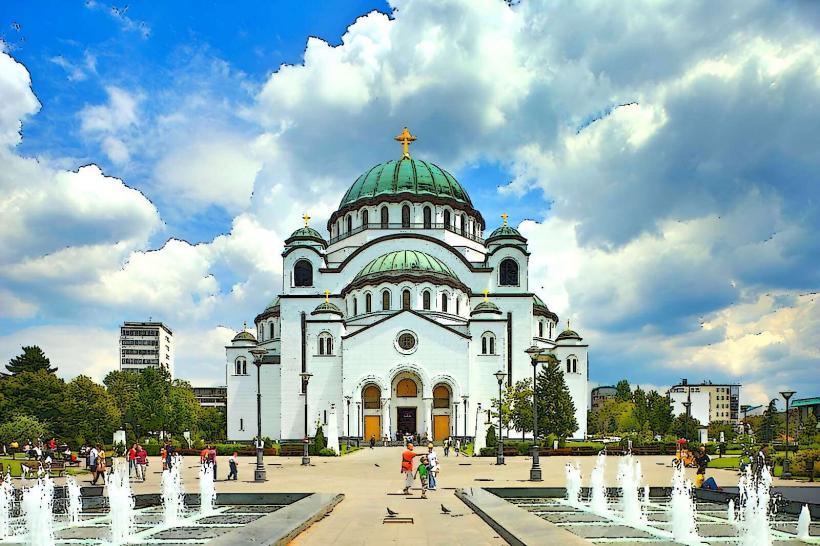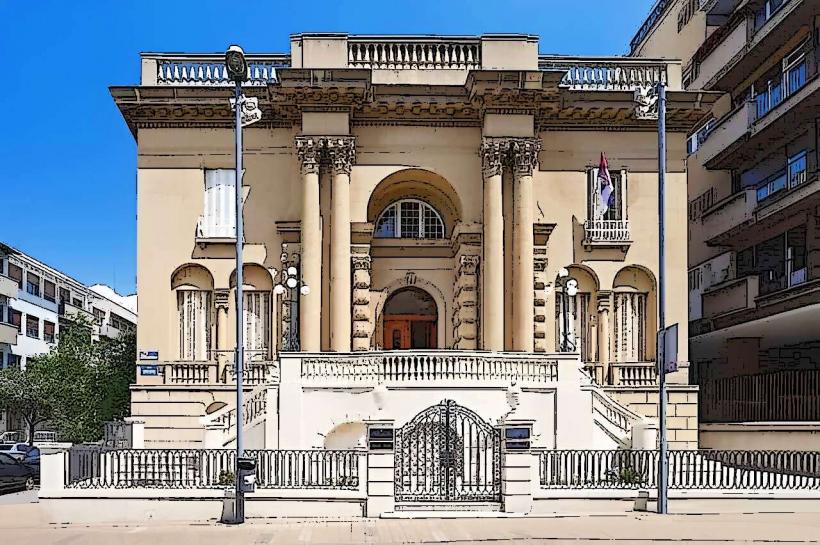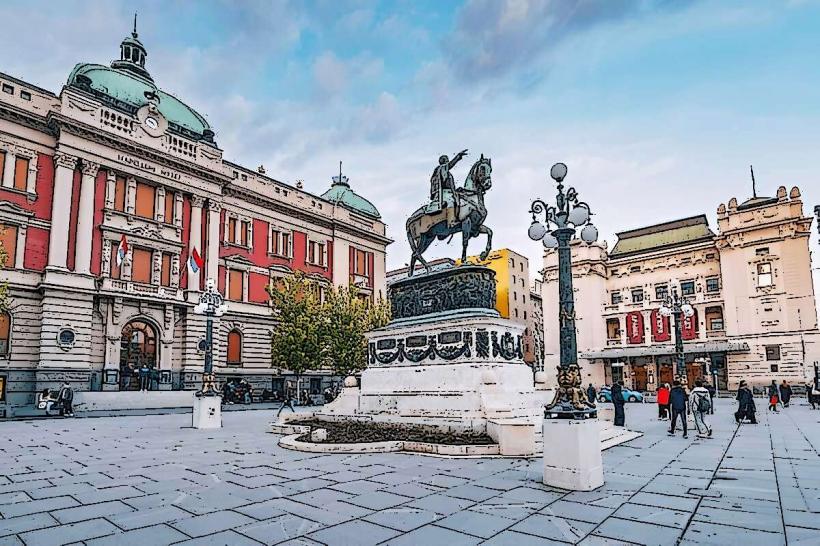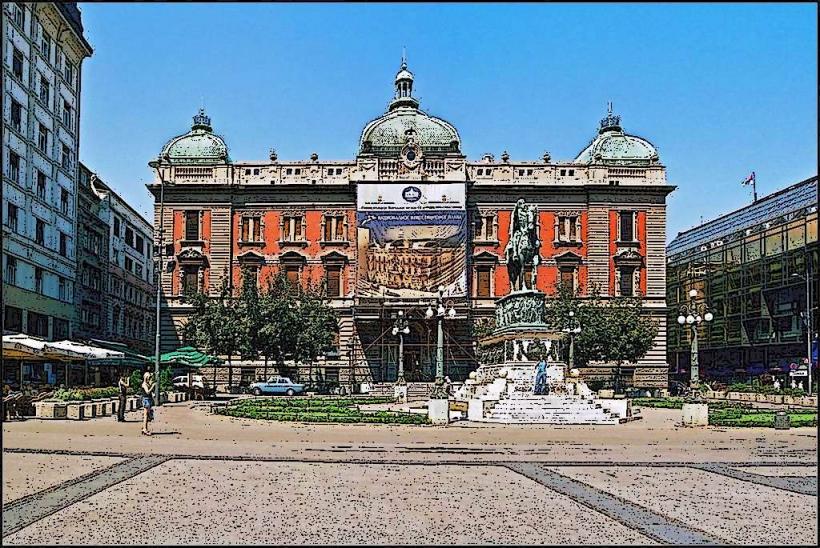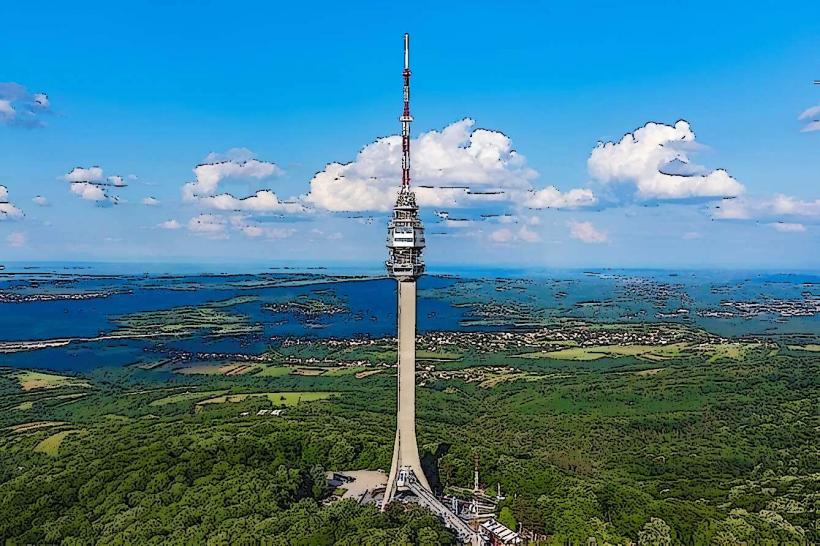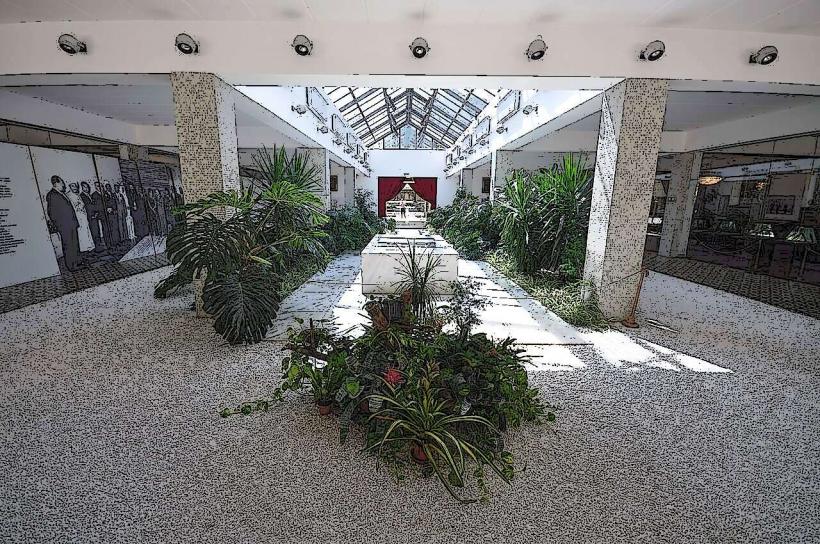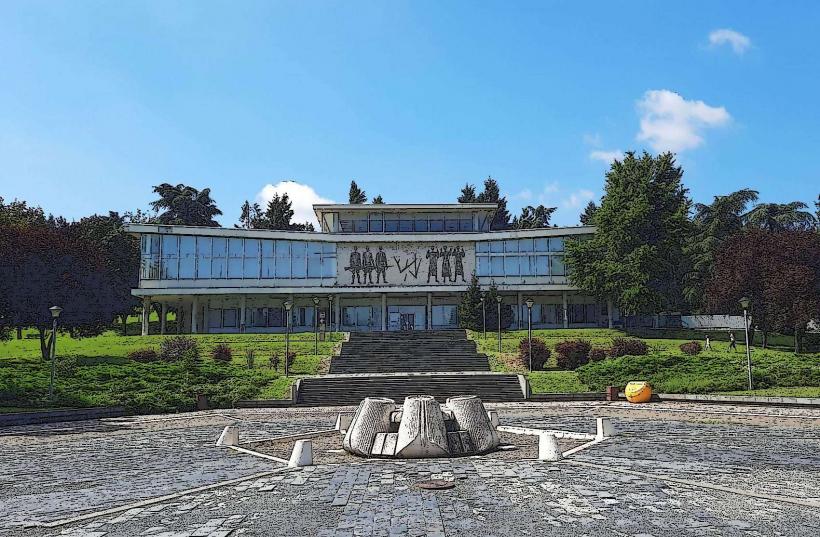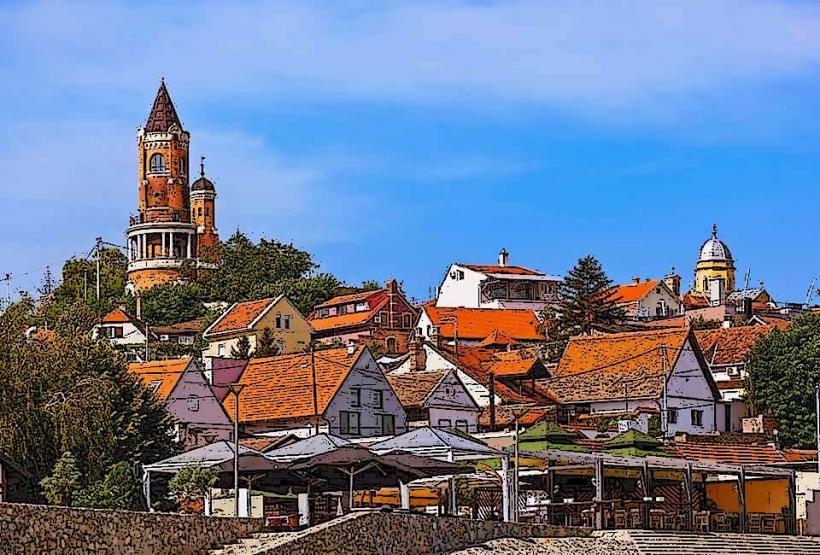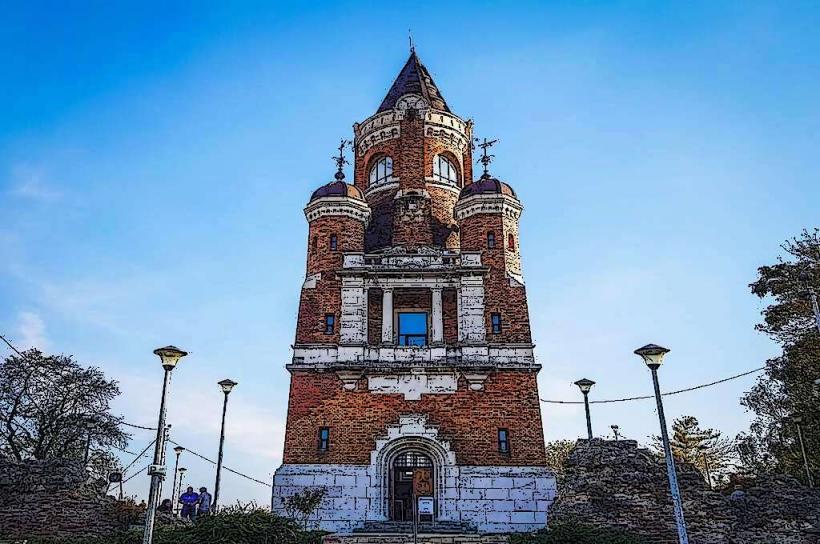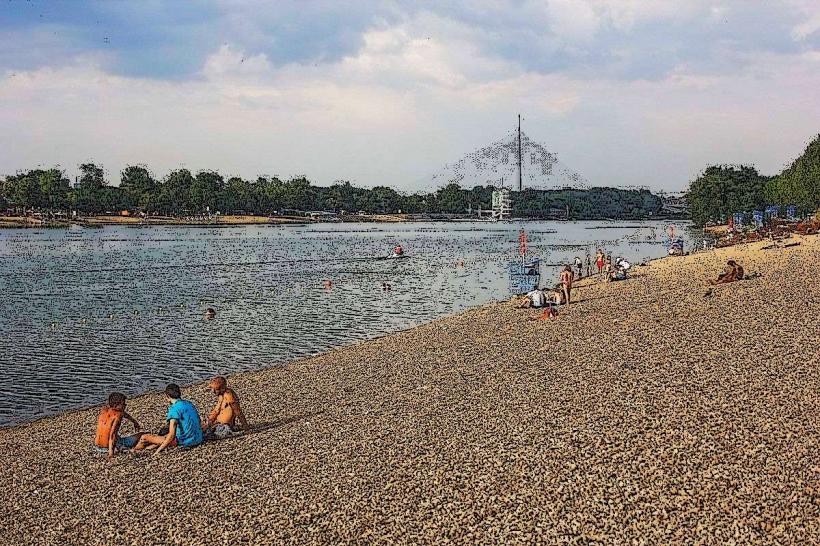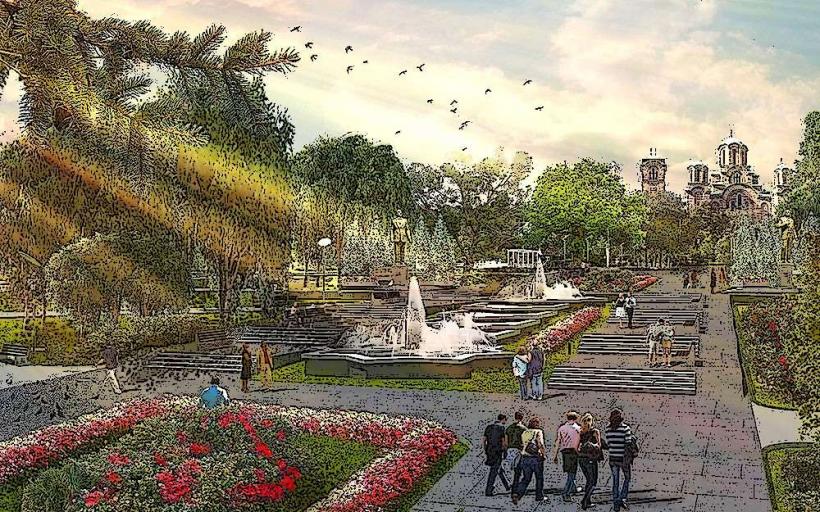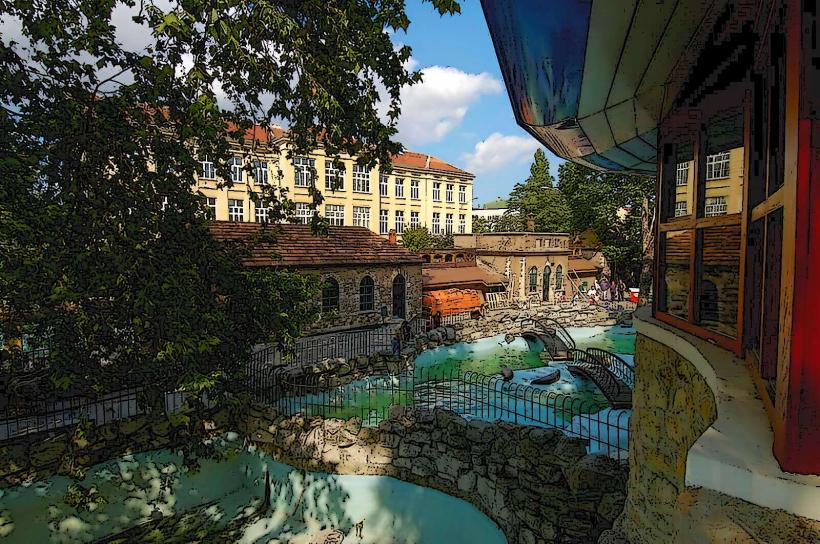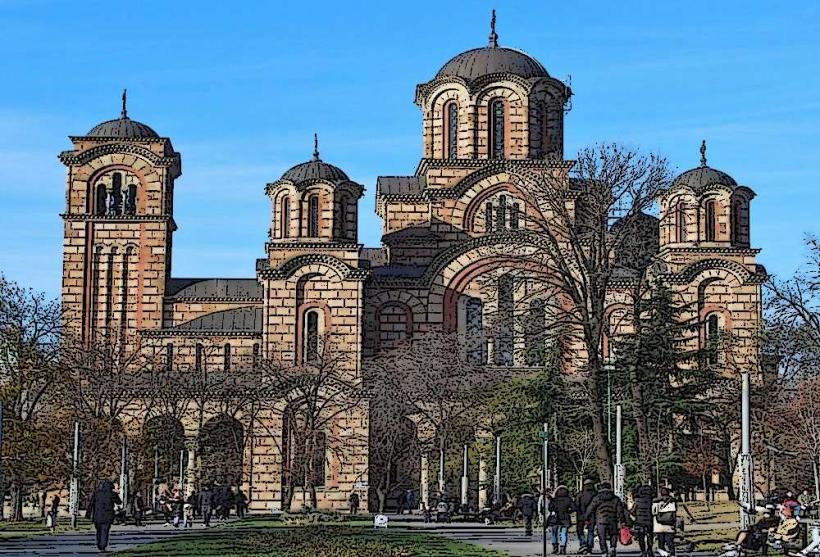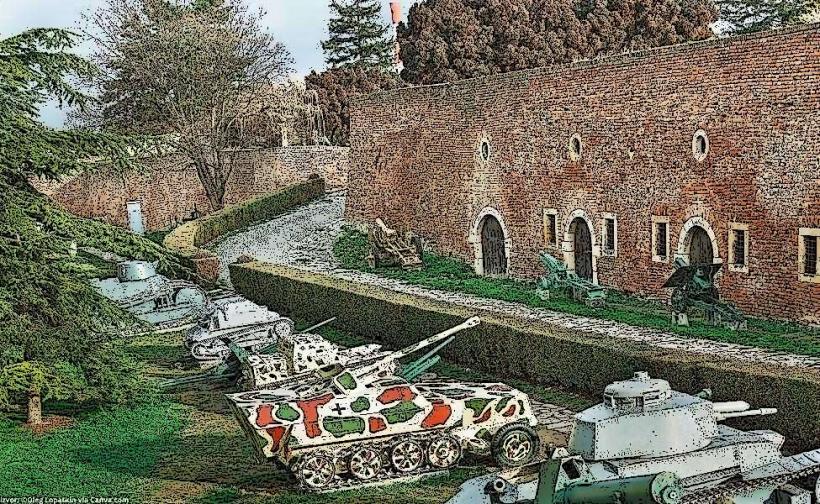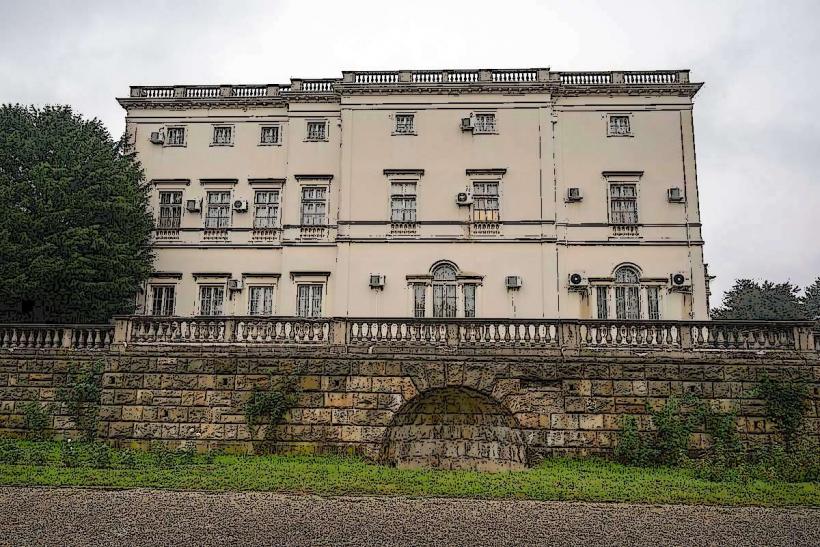Information
Landmark: Knez Mihailova StreetCity: Belgrade
Country: Serbia
Continent: Europe
Knez Mihailova Street (Kneza Mihaila) is one of the most famous and historic pedestrian streets in Belgrade, Serbia. Running through the heart of the city, it is a key cultural, commercial, and social artery, bustling with life and offering a blend of historical landmarks, shops, cafes, and cultural institutions. Knez Mihailova is both a historical route and a modern shopping and gathering spot, making it one of the most visited and iconic streets in Belgrade.
Historical Background:
Knez Mihailova Street has a rich history that reflects the evolution of Belgrade as a city. It was originally a route connecting the Kalemegdan Fortress with the rest of the town and the riverbank, serving as a major thoroughfare for trade and communication. The street was named after Prince Mihailo Obrenović, who ruled Serbia in the 19th century and played a key role in modernizing the country.
Early History: In its early days, the street was known as Varoška and was primarily a route for merchants and traders. It grew in importance over time, especially in the 19th century, as Belgrade expanded under the influence of the Ottoman Empire and later the Austro-Hungarian Empire. The street underwent significant development during the reign of Prince Mihailo, who oversaw its transformation into a prominent urban space.
19th Century Development: During the 19th century, Knez Mihailova Street began to take its present form. Under Prince Mihailo’s leadership, the street became a center for Belgrade’s urban life, with elegant buildings, shops, and cafes. It was during this period that many of the architectural styles that still define the street were developed, particularly neoclassical, baroque, and art nouveau.
20th Century: In the 20th century, the street continued to evolve, with new buildings and modernization taking place alongside the preservation of its historical landmarks. Following World War II and the creation of the Socialist Federal Republic of Yugoslavia, the street became a vital part of Belgrade’s urban and social life, remaining central to public gatherings and cultural events.
Post-Yugoslav Era: After the breakup of Yugoslavia and the formation of an independent Serbia, Knez Mihailova Street retained its role as the heart of Belgrade’s city center, both as a historical site and a commercial hub. It is often used for major public celebrations and events, while also being a popular destination for both locals and tourists.
Key Features and Landmarks:
Pedestrian Zone: Knez Mihailova is a pedestrian-only street, which makes it an ideal place for leisurely walks, shopping, and exploring. The street is lined with shops, cafes, restaurants, and art galleries, making it a lively and vibrant place throughout the day. The absence of traffic allows visitors to freely enjoy the architecture, history, and atmosphere of the street without the distraction of cars.
Architectural Landmarks: The street is lined with impressive buildings that showcase a range of architectural styles, reflecting the city’s history and diverse influences. Some of the most notable architectural highlights include:
- The National Bank of Serbia: An impressive building that combines neoclassical and modernist elements, located on the southern end of the street.
- The Prince Mihailo Monument: A statue of Prince Mihailo Obrenović, standing proudly at the beginning of the street near Republic Square. This monument, erected in 1882, is a symbol of the city’s transformation and modernization.
- The Hotel Moskva: A historic luxury hotel that opened in 1908, located on the corner of the street and one of the most recognizable buildings in Belgrade. Its ornate façade and old-world charm make it a landmark of both the street and the city.
- The St. Mark’s Church (Crkva Svetog Marka): Situated just off the street, this beautiful church, with its distinctive red-brick Byzantine architecture, is one of Belgrade’s most important religious sites.
Shopping and Cultural Activities: Knez Mihailova Street is home to a variety of shops, ranging from high-end boutiques to local fashion stores. It is often referred to as Belgrade's shopping mile, attracting both international and Serbian brands. In addition to shopping, the street is a hub for cultural activities, such as art exhibitions, performances, and street events. Throughout the year, the street is often the site of festivals, musical performances, and cultural fairs that draw both locals and visitors.
Cafes and Restaurants: The street is lined with numerous cafes, bars, and restaurants, where visitors can enjoy local and international cuisine. Many cafes have outdoor seating areas, providing a perfect spot for people-watching and soaking in the atmosphere of the city. In particular, Knez Mihailova is known for its charming outdoor terraces, where you can enjoy coffee, pastries, and local Serbian delicacies.
Street Art and Performances: Knez Mihailova Street is also a popular location for street performers, including musicians, dancers, and artists. It is not uncommon to encounter live music, dance performances, or art exhibitions while walking along the street. The street has a lively atmosphere, especially during the warm months, and these performances add to the street’s cultural richness.
Connection to Other Landmarks:
Republic Square: At one end of Knez Mihailova Street lies Republic Square (Trg Republike), one of Belgrade’s most important landmarks. Republic Square is home to the National Museum of Serbia, the National Theatre, and the equestrian statue of Prince Michael, making it an essential part of the city’s cultural life. From here, visitors can access the rest of the city, including the historical Kalemegdan Fortress and Kalemegdan Park.
Kalemegdan Fortress and Park: Knez Mihailova Street leads directly to Kalemegdan, the city's largest park and the site of the historic Kalemegdan Fortress. The fortress, which dates back to Roman times, offers panoramic views of the Sava and Danube rivers. The park is a tranquil retreat from the bustle of the street, filled with green spaces, monuments, and cultural attractions like the Belgrade Zoo and Military Museum.
The Bohemian Quarter (Skadarlija): Just a short walk from Knez Mihailova is Skadarlija, Belgrade's historic bohemian district, known for its traditional Serbian restaurants, galleries, and live music. It’s a charming and atmospheric part of the city, full of cobbled streets and old buildings, and is often considered Belgrade’s version of Montmartre in Paris.
Modern Role:
Today, Knez Mihailova Street serves as the focal point of Belgrade’s social and commercial life. It attracts tourists from all over the world, eager to explore the city’s history, architecture, and vibrant street culture. The street also plays a key role in public events, such as the Belgrade Summer Festival, which features outdoor performances and cultural activities. Additionally, it is a popular destination for both locals and tourists who come to shop, relax, and socialize.
Conclusion:
Knez Mihailova Street is more than just a street in Belgrade; it is a dynamic space that embodies the city’s blend of history, culture, and modernity. Whether you are a history enthusiast exploring its architectural landmarks, a shopper looking for the latest trends, or someone who simply enjoys the city’s vibrant atmosphere, Knez Mihailova is a must-visit destination. Its central location, rich cultural heritage, and lively environment make it a defining feature of Belgrade’s urban landscape.

